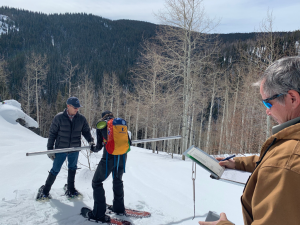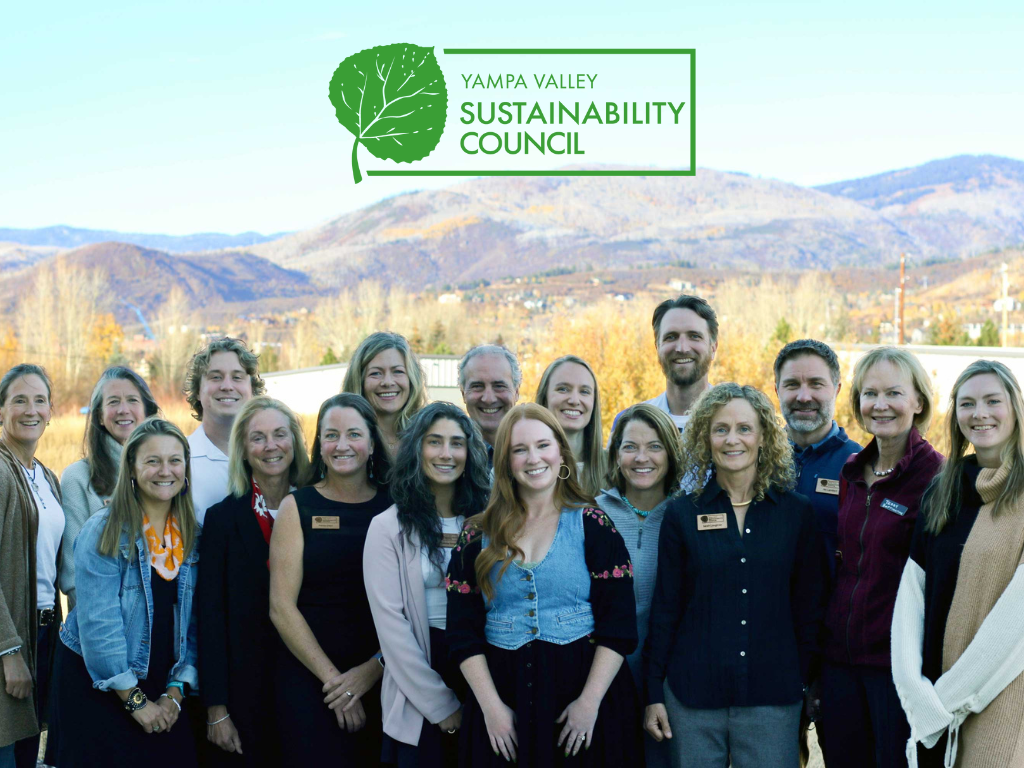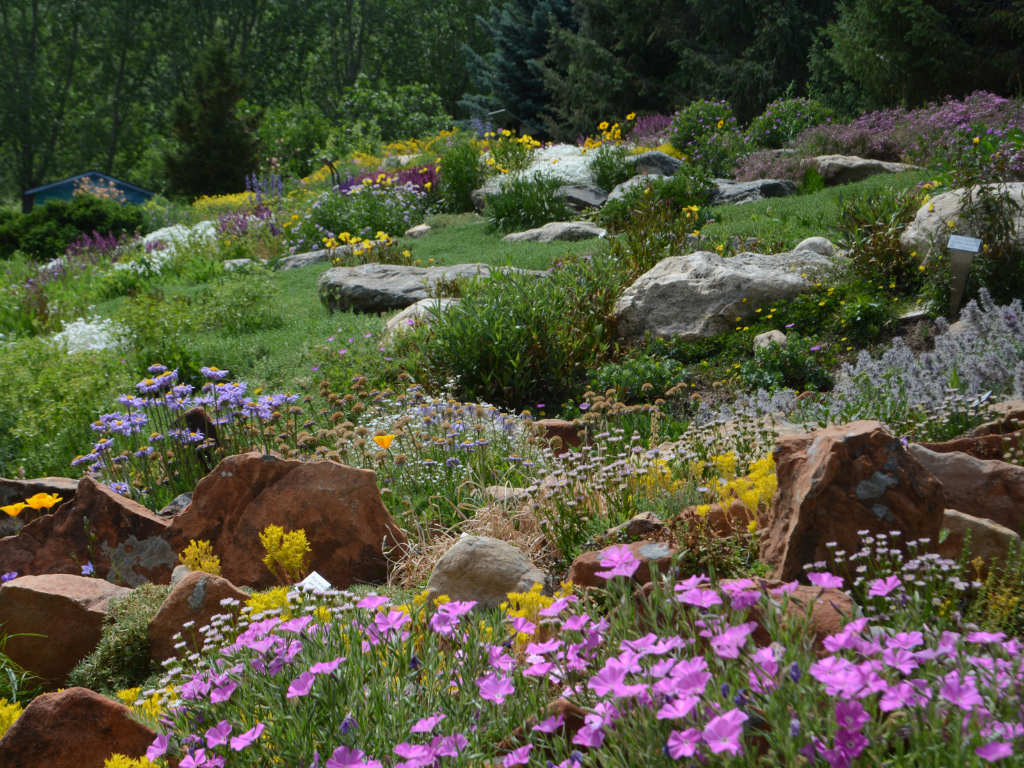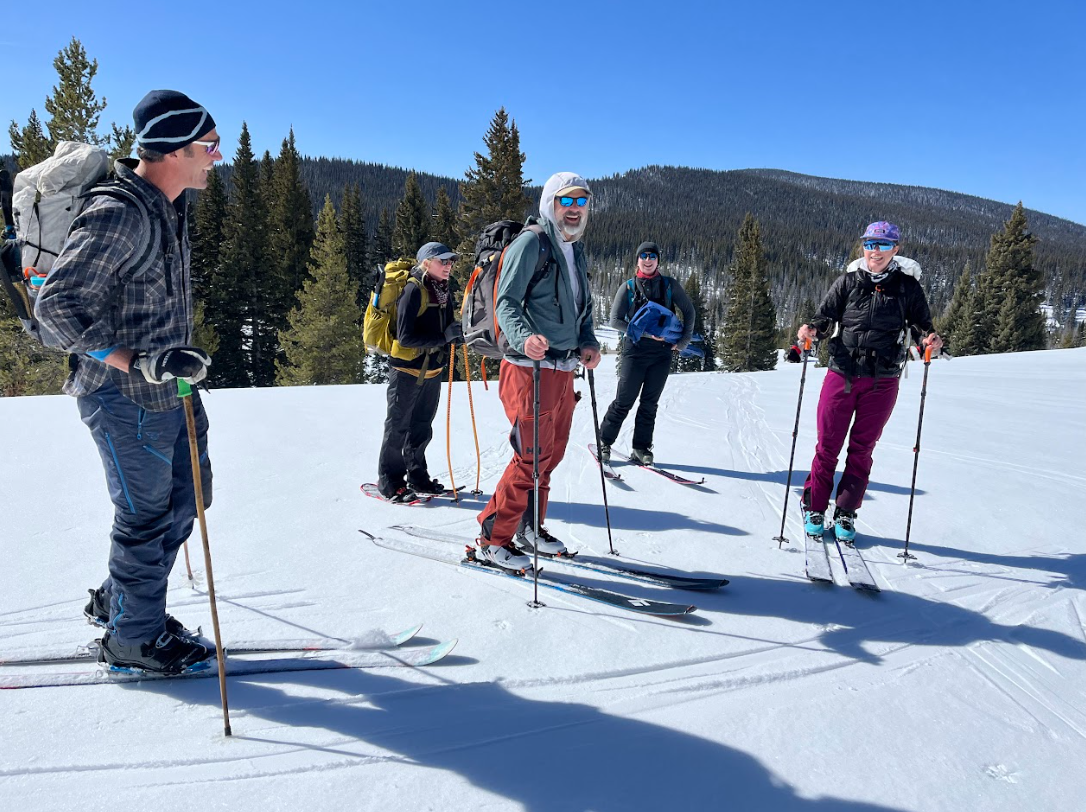Apparent climatic changes have occurred in the Yampa River Basin shifting our snowpack and water. In 2018, the first-ever call was placed on the mainstem of the Yampa River. Not long after in 2020, the second call occurred. These are likely reflective of changing snowpack, soil moisture, and water in the Yampa Valley.
In our region we are keenly attuned to the annual process of snow melting in spring and early summer and eventually filling our streams, rivers, and reservoirs with water. The connection between snowpack and streamflow is so closely correlated in snowmelt-dominated watersheds like ours, that it leads water managers to base their predictions for summer water availability on it. Typically, local Snow Water Equivalent (SWE) (the amount of water held in the snowpack if you were to instantaneously melt it) along with a few other indicators are analyzed on April 1st to make water  decisions for the upcoming spring, summer, and early fall. Historically, this date was chosen because it marked the transition from winter to spring, and therefore, indicated the peak of the snow accumulation season. This might change soon as new research is increasingly telling us that we can no longer plan from the historical mindset.
decisions for the upcoming spring, summer, and early fall. Historically, this date was chosen because it marked the transition from winter to spring, and therefore, indicated the peak of the snow accumulation season. This might change soon as new research is increasingly telling us that we can no longer plan from the historical mindset.
A new study out of the University of Colorado investigated the changes in our snowpack and its relationship to water supply. This analysis involved the 1,065 Snow Telemetry stations (SNOTEL) in the western U.S.; 115 of which are located in Colorado. We have roughly 8 of these monitoring sites located in the Yampa River Basin. The authors of the study found that over one-third of all the sites saw snowmelt has started to occur not only in the spring but throughout the winter, with significant snowmelt occurring in the winter months of November and March. Although these sites do not provide the full picture of what is happening in the watershed (none of these sites are located in the valley floor or other areas that are not high in elevation), they do provide an important glimpse of what is happening in some key areas.
One of the co-authors of the above-mentioned study is Jeff Deems. Jeff was a panelist on the Changes in Measurement in a Changing Climate webinar in the 2020 series of the Yampa Basin Rendezvous (YBR), a water-focused conference organized by YVSC and various partner organizations. Deems was quoted in this recent article about the CU study and highlighted an important takeaway, “We can’t rely on history anymore to tell us what is up there.”
Researchers are identifying many climatic shifts that are altering the region and directly impact the Yampa River Basin. Some of these include higher temperatures, increased evaporation, shifting snowmelt timing and intensity, a lack of summer monsoons, low soil moisture levels, and critically low river flows. Additionally, conditions are indicating an ongoing trend towards the aridification of the West. All of these conditions are contributing to a shift to a new “abnormal” climate, both locally and regionally.
Soil moisture is increasingly recognized as a key influence on the relationship between snowpack and streamflow. To explore this, we can look at last year as an example. The winter ended with above-average snowpack at 102% as of April 11, 2020. Despite this, the second-ever call was placed on the Yampa River on August 26, 2020.
On April 11, 2021, NRCS reported snowpack for our basin at 75% of the average. This year it looks like we will come into the warm months from a different place than last year, and this isn’t only due to the lack of a good snowpack. Soil moisture levels were low going into the winter, so when the little snowpack that we did receive melts, it will first have to replenish the soil. Only after the soil’s moisture levels are better will we see the runoff end up in our waterways.
Another important process that influences snowpack is dust on snow. The Colorado Dust on Snow program released this report of a recent snow tour in which the researchers observed the most severe dust on snow conditions to have occurred at the Rabbit Ears site in recent years. Another previous YBR speaker, McKenzie Skiles out of the University of Utah, studies dust on snow. She recently announced that this fall her team will investigate the impacts of dust on snow based out of the Storm Peak Laboratory, located at Steamboat Resort.
Why does all of this matter? Measuring, modeling, forecasting, and communicating the changes happening in our valley in real-time are all essential to making the best decisions about our water resources. In the face of these new “abnormal” conditions, we must reevaluate our practices and take climate action.






